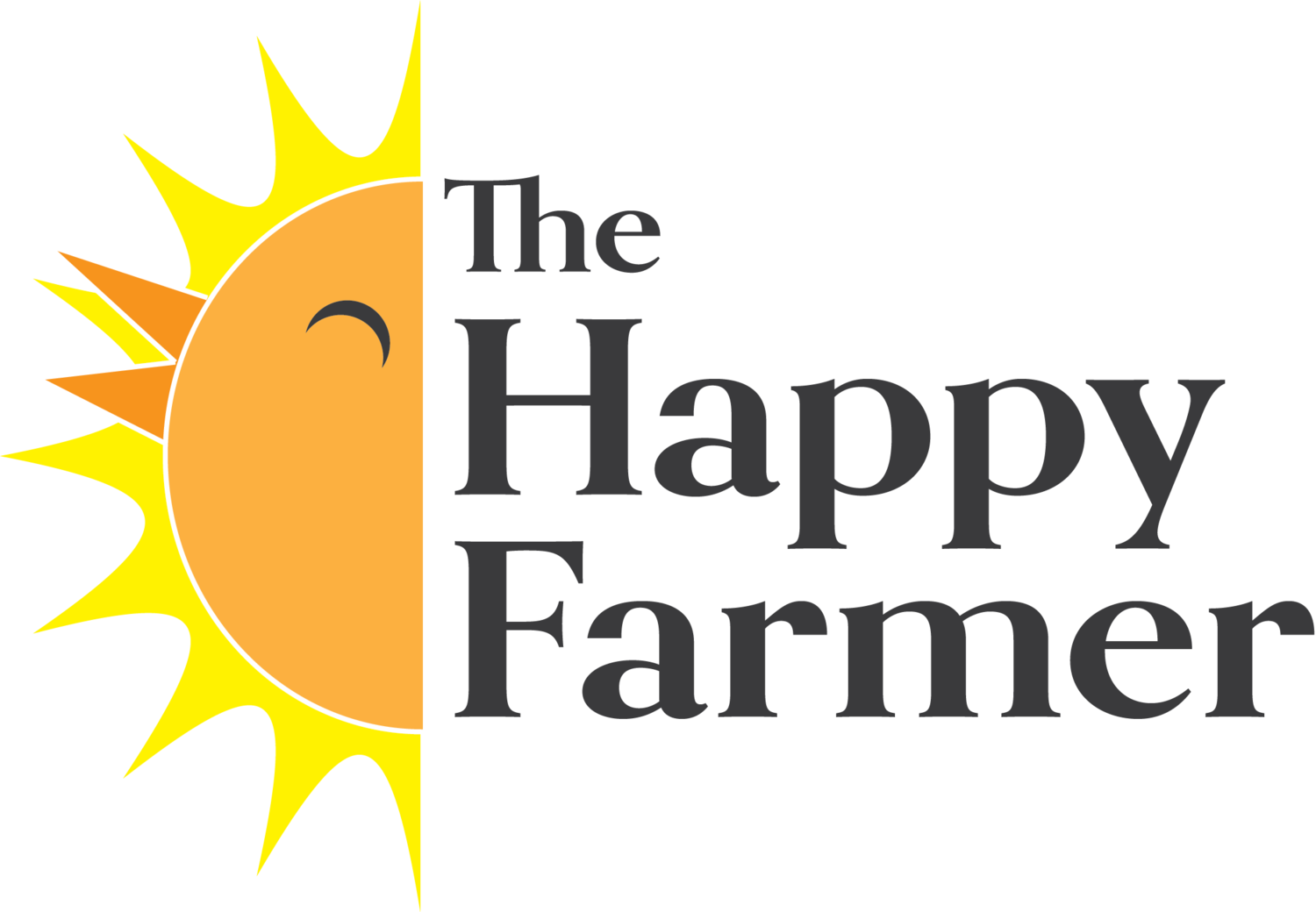Why Hemp Bedding?
Maybe you wonder and maybe you don’t but
I’ll explain here why it’s my choice and you can make up your own mind.
Maybe this sounds familiar. You go to clean out the coop or stall and the pine bedding is just gross and wet and for sure stinks more than seems possible and all that waste doesn’t seem to actually get soaked up by the bedding. Rather, the bedding just hides the waste. Then you dig around and start to clean up and you feel like you have to take most of the soiled bedding out just for it to seem remotely clean and then you end up just cleaning it all out and replacing it with fresh. The floor may even still be wet underneath! What was supposed to be “compost gold” then sat in the compost and took a long time to break down but first it had to get even more stinky and gross.
That was always my experience with pine shavings. Then I found hemp bedding.
What is hemp? For the purposes of this discussion, hemp is a plant grown specifically for the industrial uses of its derived products - including animal bedding. It grows extremely fast and can be refined into many different commercial products from paper and textiles, to biofuel and paint. It can also be eaten and parts of it are very nutritious.
Hemp is cannabis but it is not marijuana. THC (tetrahydrocannabinol — say that ten times twice) is the psychoactive compound in cannabis that produces a high sensation but hemp is legally defined as having less than 0.3 percent THC.
Image: Franz Eugen Köhler's Medizinal-Pflantzen, 1887
No high, no foul?
What is hemp bedding? Not to be confused with soft sheets for your bed, hemp bedding for animals is made from the soft core of the hemp plant’s stalk — often called the “hurd”. Hemp fibers have a smooth outer layer and a spongey interior making it ideal for animal bedding purposes. Hemp bedding is the superior bedding choice for horses, chickens, reptiles, and other pets.
SO, WHY HEMP BEDDING?
Absorbancy - Hemp absorbs four times its weight. Hemp fibers are segmented, creating tiny air pockets that leave moisture trapped and absorbs at the rate of 7.43mg/min high and dissipates at 12.6mg/min. What does that mean? You’ll spend less time and money cleaning up after your animals.
Low Dust - Hemp produces significantly fewer dust particles than straw, wood shavings or hay. Hemp also helps keep mold and mildew at bay longer than common bedding materials. Using hemp for animal bedding is safer for you and for your animals and the best alternative for allergy sufferers.
Reduces Odor - Hemp traps odors associated ammonia smells in horse stalls, chicken houses and anywhere pets produce pesky odors. The pockets that help with absorbancy also trap smells due to rot and mildew. The pores and open structure provide airflow above and trap unpleasant smells on the bottom allowing the bedding to stay dry and odorless.
Earth Friendly - Industrial hemp is sustainable and green, producing four times as much pulp as trees per acre and can be renewed annually. It has the highest yield per acre of any other fiber crop and, farming hemp instead of trees, protects wildlife habitat, watersheds, and forests.
Farmer Friendly - Farmers love to grow hemp as a cover crop to choke out weeds and lessen the need for pesticides. Hemp plants grow deep tap roots that loosen and aerate the soil. While it can grow in a variety of soil types and has very little pest pressure, hemp also protects against soil erosion and the post-harvest waste breaks down and adds nutrients back into the soil.
Compost Friendly - Hemp breaks down quickly in the compost and is able to be used in your garden in a short amount of time.
History Worth Repeating. Hemp has figured prominently in the economic, social, and political life in the U.S., especially in the Commonwealth of Kentucky. The first hemp crop in Kentucky was raised near Danville in 1775. Kentucky was the greatest producer of U.S. hemp in the 19th and 20th centuries, with thousands of acres of hemp in production.
The cause for state and federal laws allowing the use of, or expanded uses of, hemp has gotten more traction on both sides of the aisle in recent years. I think that’s something we can all agree on.
You get the idea. I use hemp bedding because it’s a better product in so many ways. If you want to give hemp bedding a try and live in the Central Kentucky area, it’s always in stock at Happy Farmer.






